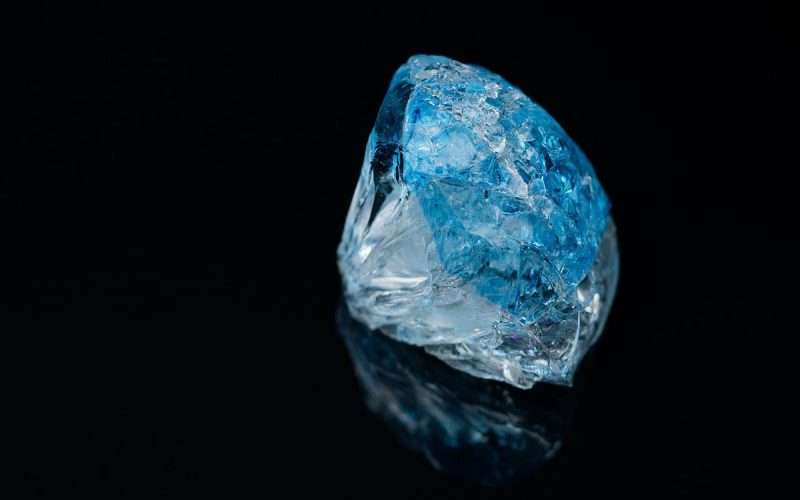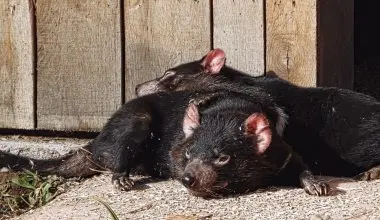Table of Contents Show
When I think of gemstones, there is only one thing that ever really comes to my mind… ‘Diamonds are a girl’s best friend.’
That doesn’t really have to be true though. There are so many other gems that could bring out the best in your jewelry collection. Emeralds, rubies, sapphires… the list could go on forever.
But are all of those gems really all they are made out to be? Truth be told, the gems are pretty, there is no donut about that, but if it’s rare gems that you are after, then here is a list of the ten rarest gems in the world. And the list is not limited to diamonds, rubies and sapphires only!
Secondly, some of these gems give you the stone in the same brilliant, vibrant color of your choice and they cost much less also, so why not increase your gem knowledge a little today?
10 of the World’s Rarest Gems
There are many rare gems in the world, but due to their popularity, they are super expensive also. In part, that is the reason for their price hikes too.
Following the simple principles of supply and demand, the more a gemstone becomes in demand, and supplies are unable to meet that demand, the prices of said gems will increase.
This is why a number of gemstones are very expensive. From the following gems though, some are less expensive than their more favored alternatives.
1. Tanzanite
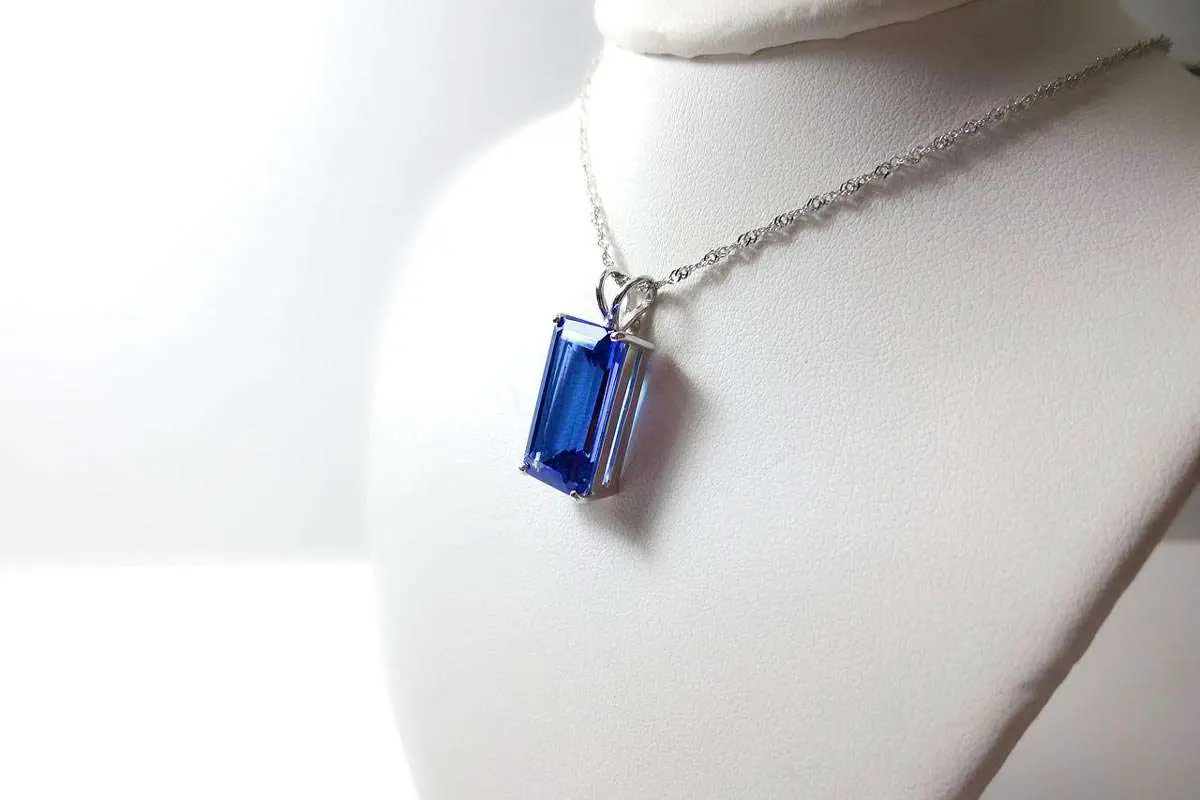
While few may be aware of the fact Tanzanite is a much rarer stone as compared to Sapphire. As for the cost, there is absolutely no comparison.
Tanzanite is a much cheaper stone as compared to Sapphire. Although the former is only found in a small part of Tanzania, this intensely violet-blue hued stone gained prominence after discovery in 1967.
Marketing gimmicks by Tiffany & Co. helped TAnzanite to gain in popularity.
One of the most fascinating features about this stone is the fact that, depending on the angle at which it is being viewed, Tanzanite can appear violet, blue, greenish-yellow or even brown.
Hence it shows strong traits of pleochroism. Gem cutters traditionally cut these gems in a way that will help to feature their violet or blue tones.
Tanzanite receives heat treatment thus enabling it to achieve the attractive blue hues it is known for. This is now a stable color, and one that makes this stone highly desirable.
2. Burma Ruby
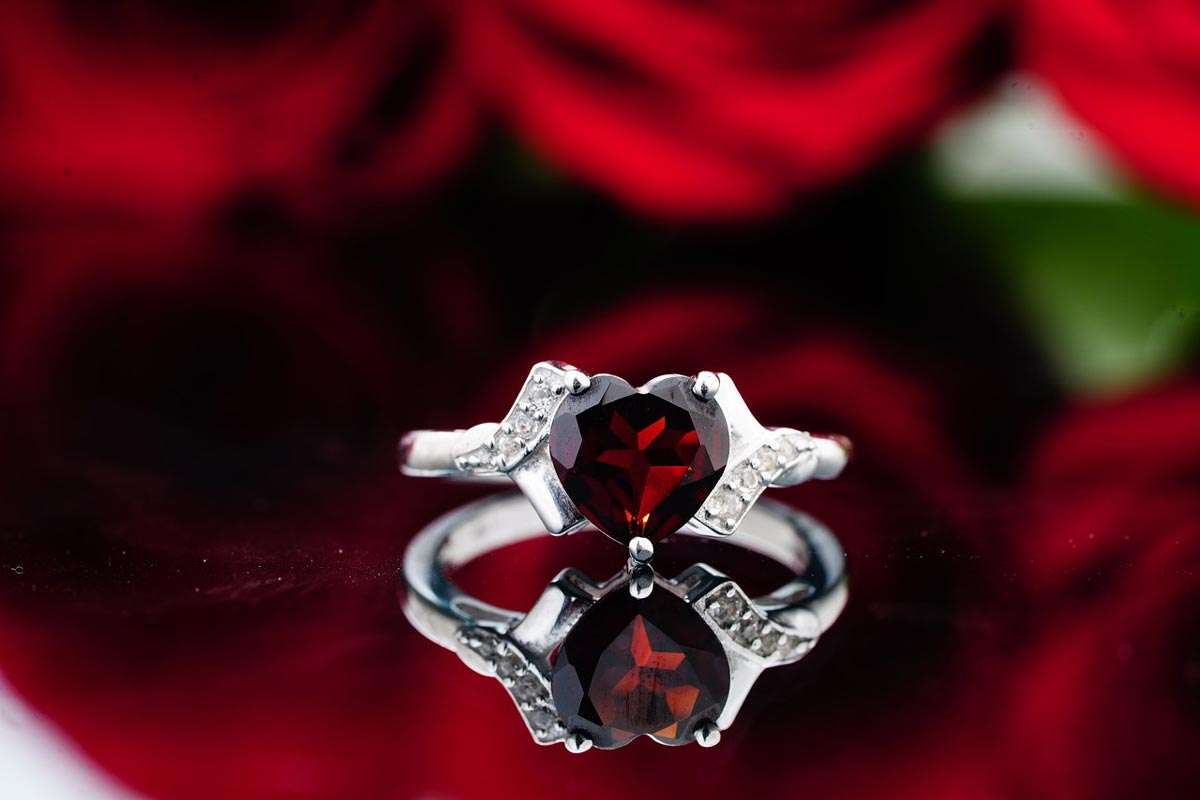
Like its name suggests, this particular gem stone comes from Burma, present day Myanmar. Rubies, no matter where they originate from are, in any case, some of the rarest gems in the world.
But it is the Burma Ruby that really sets the bar for the best color and quality.
Most rubies originate in Thailand where the high iron content in the stones gives them a deep red color, offset with overtones of purple or even brown.
In Myanmar though, the geological conditions are such that the rubies produced here have only trace amounts of iron.
This also means that the Myanmar Ruby has a more vivid red shade, pigeon red as it is sometimes referred to, as compared to the rubies from Thailand.
There is a stronger, fluorescent influence in Myanmar Rubies than in Thai rubies. That is not to say that Thai rubies are not very popular.
Top quality Thai rubies can give their Myanmar counterparts excellent competition.
3. Jadeite
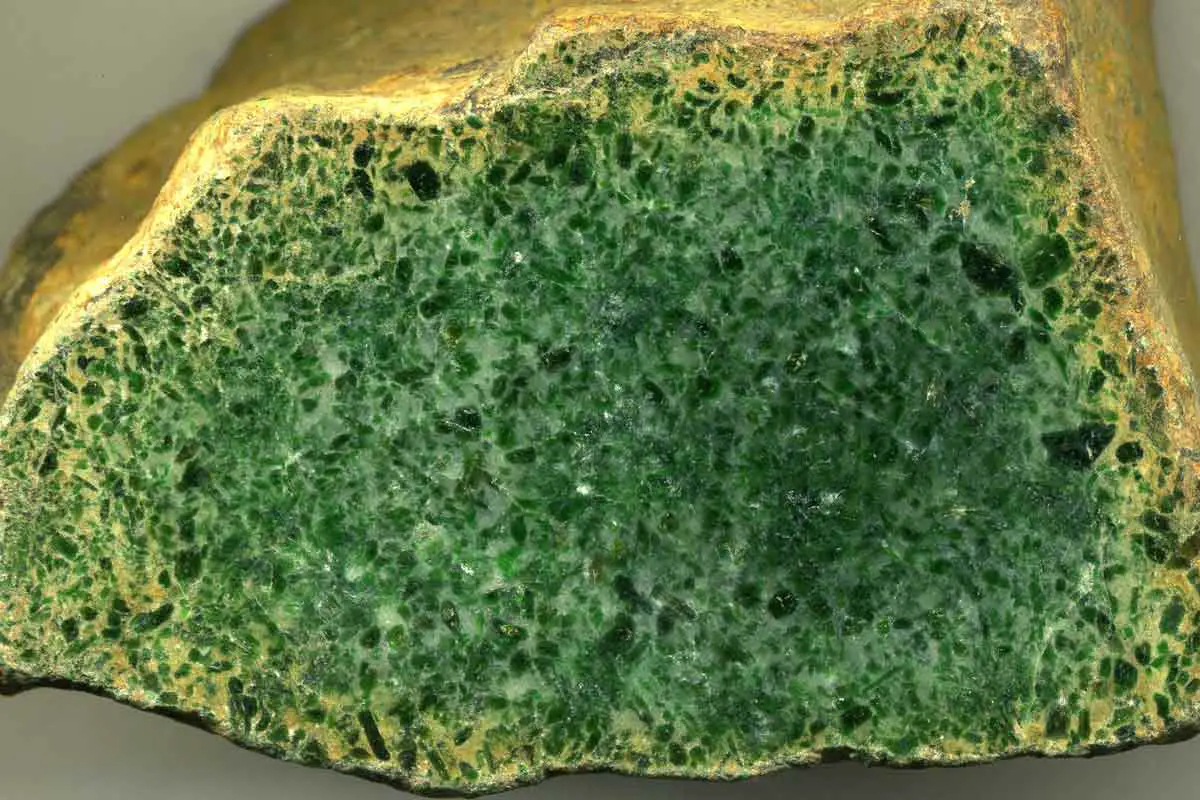
If you are a believer in the Chinese proverb ‘Jade is invaluable,’ you’re not wrong…
Jade is actually one of the most invaluable gemstones out there. Jade has two varieties, nephrite and jadeite.
Jade is most popular for its electric green color, but jadeite may be found in many colors such as yellow, orangish-red, black, blue, lavender and colorless.
Few other stones have the amount of folklore attached to them as does Jade. For this reason, it is valued greatly in some cultures such as the Maori, Chinese and Mayan cultures.
The Jadeite’s value is dependent on the texture as well as the translucent quality of the stone in question.
The best stones look as if they are full of water, or like an oil drop. Prices do vary however, and there is no fixed rate for any jadeite piece.
Depending on the artistry of the stone, prices may fluctuate.
4. Alexandrite
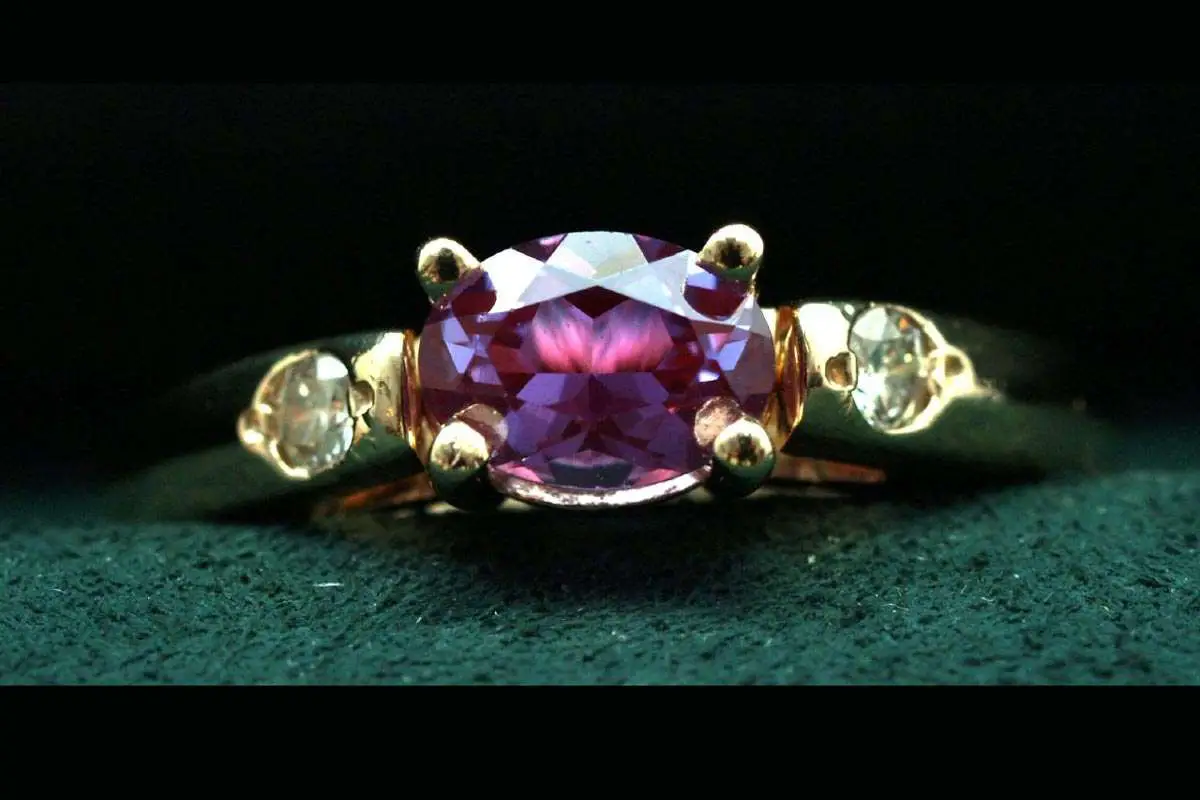
If there is one color changer in the gemstone family, it has to be Alexandrite. Discovered in the Ural Mountains, Russia, Alexandrite contains trace amounts of chromium within its crystal structure.
This helps to give the Alexandrite stone its unique color. In daylight, the stone will appear to be emerald green or peacock blue in color. Under incandescent light though, this stone will appear ruby red or purple.
The stone was highly popular, especially amongst the Russian aristocracy, since its red and green colors also seemed to represent the colors of Imperial Russia.
The stone was also named after the Czar of the time, Alexander.
A variety of the chrysoberyl family, the Alexandrite stone is still one of the rarest gemstones in the world.
And this is in spite of the discovery of new reserves of the precious gemstone in Brazil and other localities.
In modern day usage, Alexandrite has been declared a JUne birthstone and it is now often synthesized for use in jewelry making also.
5. Paraíba Tourmaline
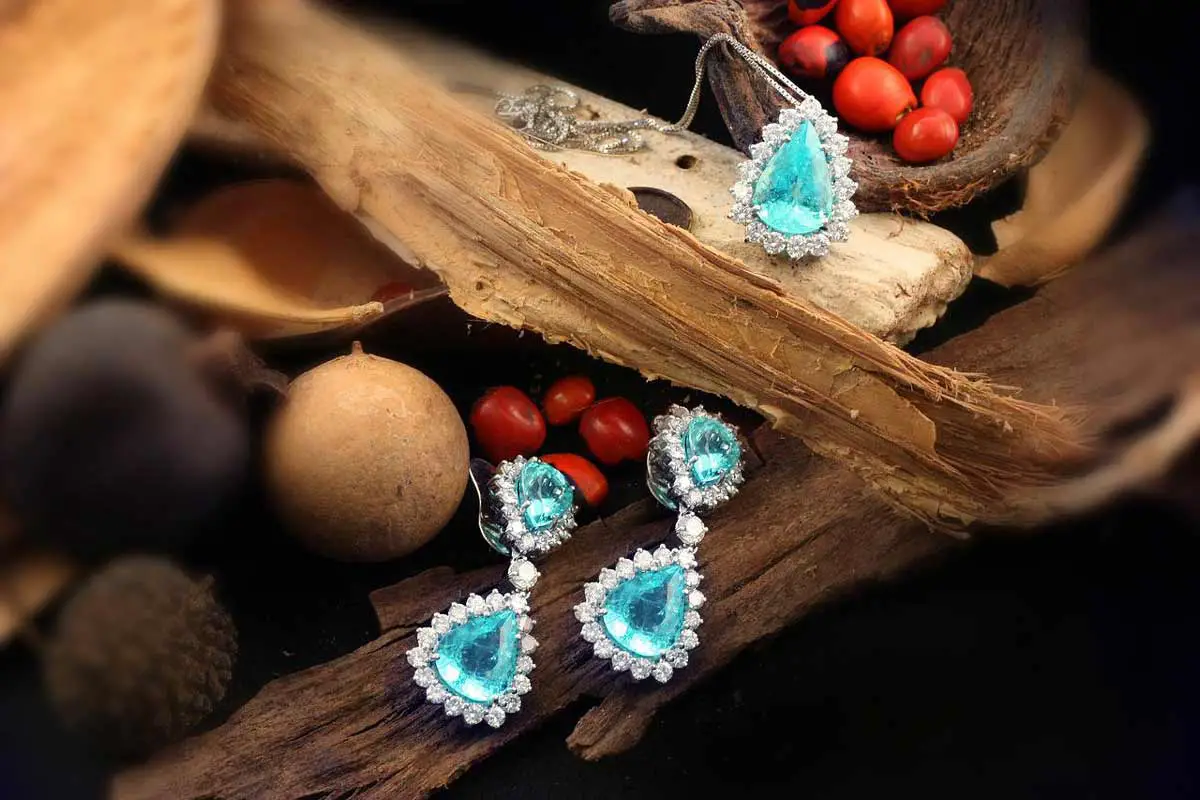
The 1980s in the Brazilian state of Paraba were an interesting time for the gem industry. Highly saturated, blue-green colors of paraiba tourmaline had been discovered.
This meant that a large number of miners and prospectors ‘went digging; in Paraba. The per carat price of these diamonds rose accordingly, and this trend continues till today.
The precious stones are not restricted to the Brazilian region alone. Diamonds have been created under similar conditions in Mozambique and Nigeria.
However, the tourmaline found in Brazil continues to be classed as one of the rarest types of diamonds in the world.
6. Ammolite
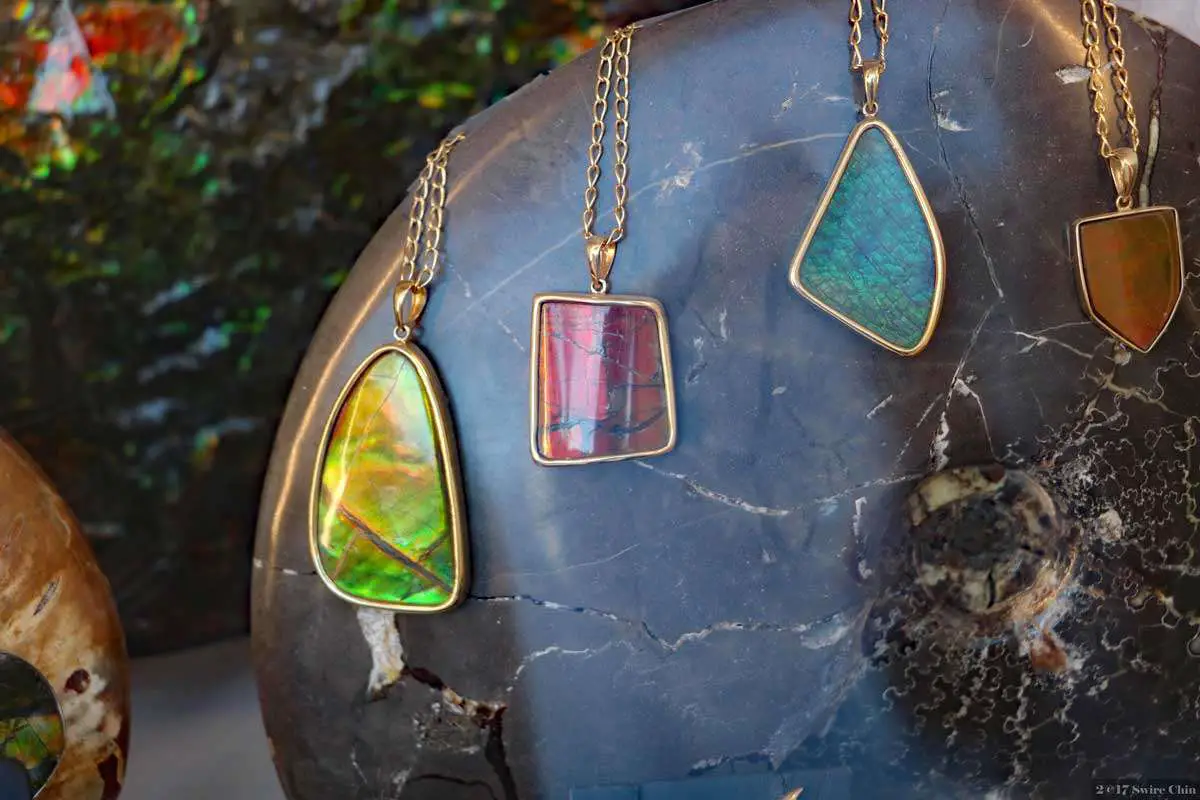
The 80’s were a happening time in the gem industry. In 1981; the World Jewelry Confederation, CIBJO, designated ammolite as a new, biological gem in 1981.
Since the gem occurs only in very small quantities in the Rocky Mountains, a supply and demand situation is created here.
The gemstone is rarer than diamonds, and far more expensive also. The stones have some of the most unusual hues, intense iridescence and play of colors that one could wish for.
One of the best ways to recognize the true value of this gem is to see how often the stone may be turned while keepings its color visibility.
7. Kashmir Sapphire
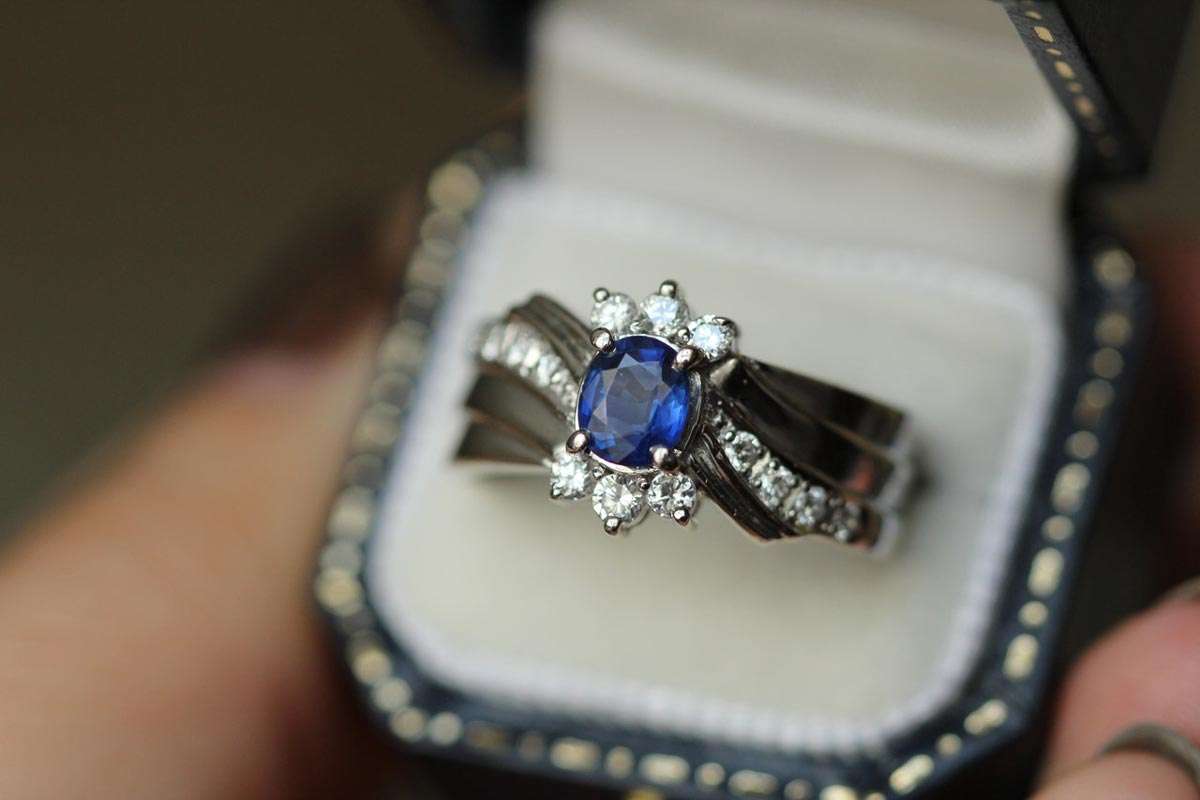
Kashmir Sapphires are at times considered the holy grail amongst precious stones. This is mainly because no more of these stunning gemstones are being produced.
The mines from where these precious gemstones were being manufactured dried up nearly a century ago.
Having no alternate mines for the stones, the kashmir sapphires rose tremendously in value and continue to do so.
These precious gemstones have a soft, velvety, rich blue tone. These gemstones have very fine rutile inclusions that give them their unique velvety appearance.
While few will ever get the opportunity to possess one of these treasures, many are on exhibit at museums. They are well worth seeing.
8. Natural Pearl
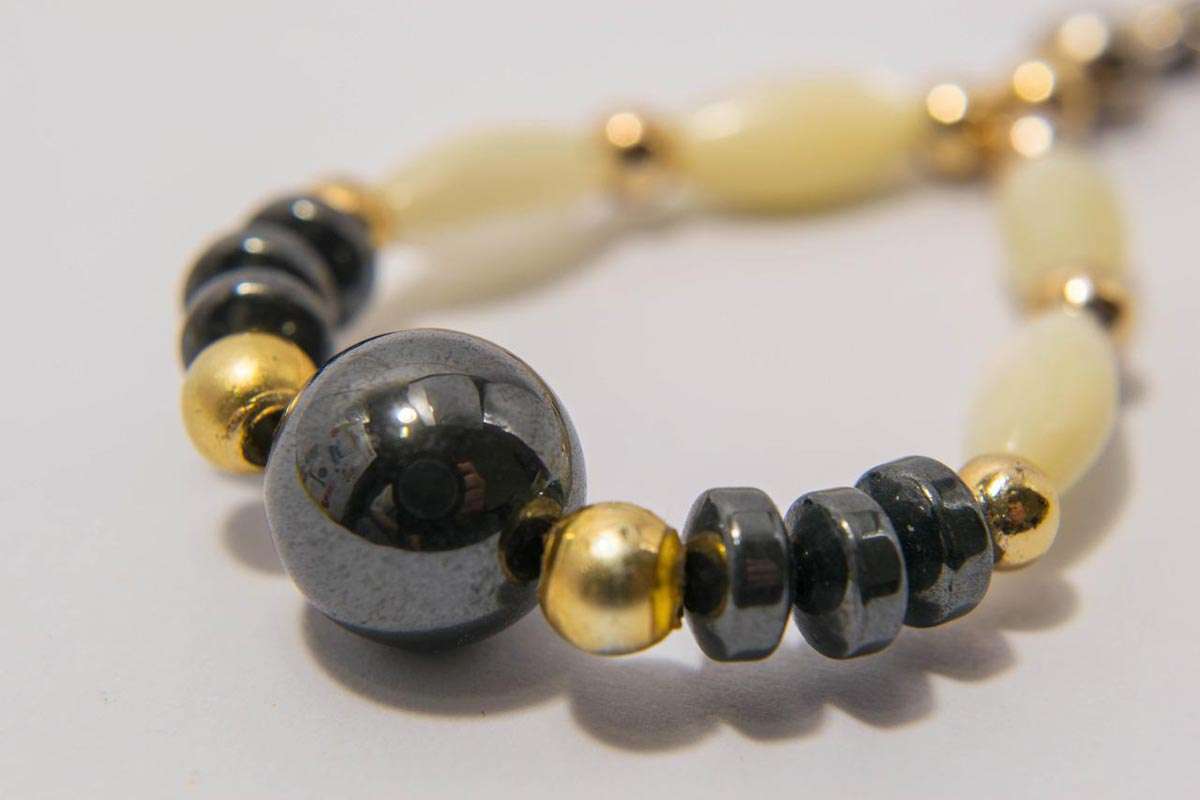
You may probably be confused by this entry in our list. Pearls are often considered to be extremely common and ubiquitous gemstones.
However, that is only the case due to the presence of the farmed pearl business in human society.
Natural pearls on the other hand are extremely rare. It is more common to find pearls inside a jewelry store than it is to find one in the ocean bed.
The main reason for this is human activities and their consequent effects such as overfishing, pollution and ocean acidification.
Natural pearls are rarely spherical and frequently discolored.
While the standard for matching round pearl jewelry in cultivated pearls is quite high, natural pearl strands will have more defects.
These natural pearls when manufactured into gemstones and used to make jewelry are incredibly stunning.
9. Red Beryl
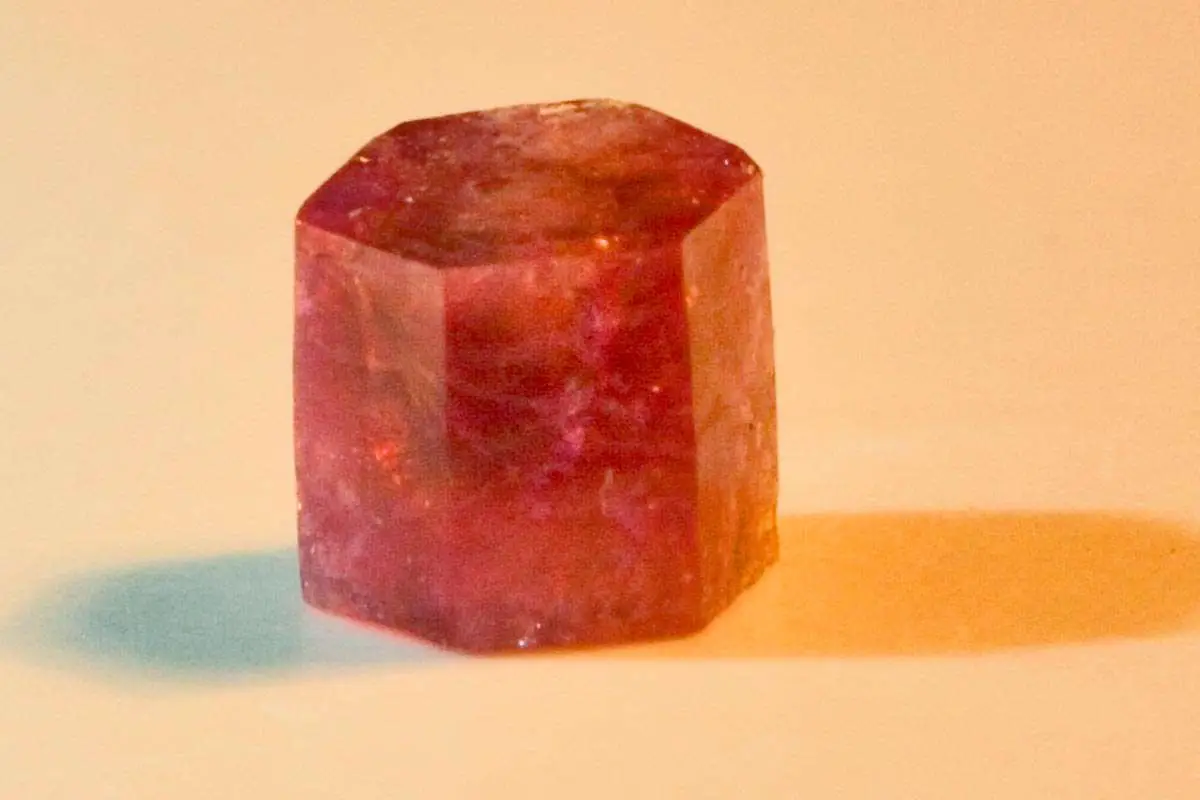
The red variant of the beryl gemstone is often regarded by experts as a distant relative of various other gemstones.
Emerald, aquamarine and morganite are the closest relatives of the dazzling red beryl. The red beryl gem gets its characteristic red color due to the presence of manganese mineral ions in its composition.
Red Beryl or bixbite as it is also known as, is one of the most valuable stones in existence. It is remarkably pretty and is absolutely outstanding if made into jewelry.
Though it may b e difficult to actually acquire a gem grade red beryl stone.
Often these are found only in the mountains of Utah Wah Wah, but most known specimens are in the possession of mineral collectors.
Therefore, acquiring a piece of red beryl that is of a quality which can be made into a gemstone is extremely rare.
10. Benitoite
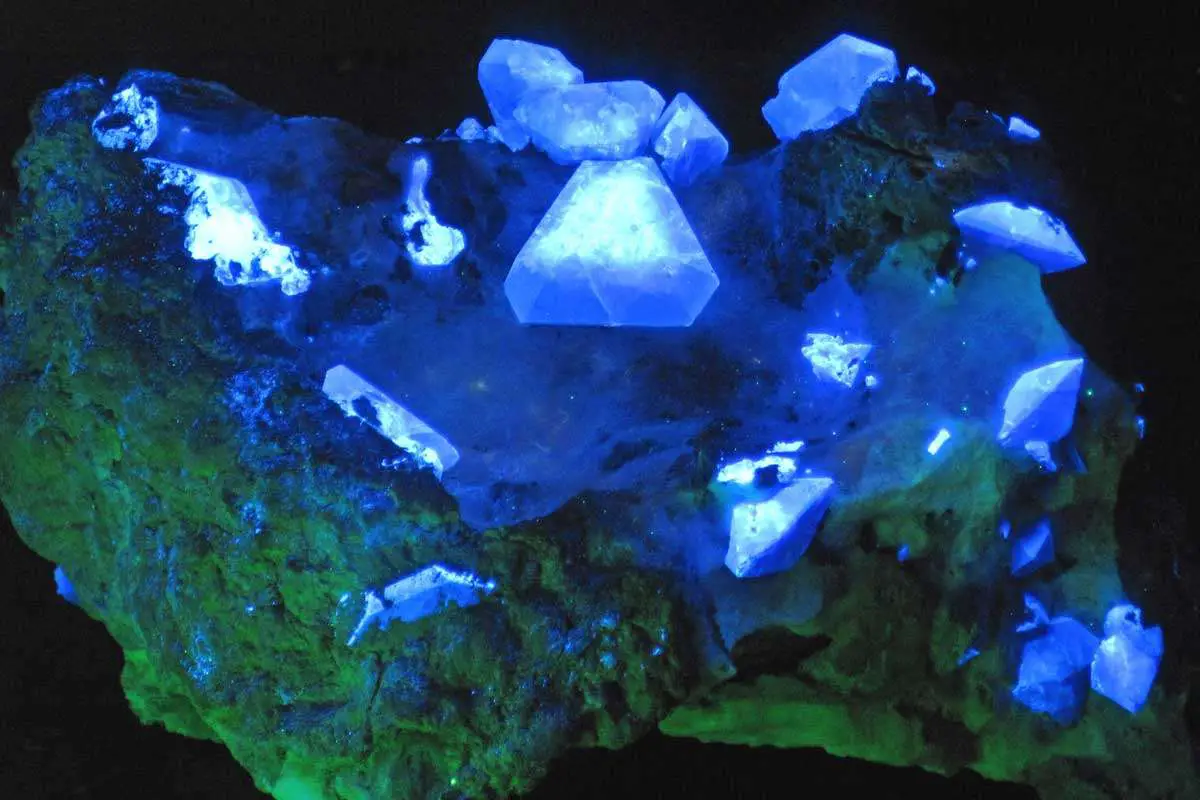
This uncommon gemstone far exceeds a diamond in both rarity and “fire” or dispersion. The benitoite gemstone typically has a hue that experts describe as sapphire blue.
This color gives it a rare and almost enthralling appearance. This is the main reason that benitoite gemstones are so sought after.
It may come as a surprise but these highly sought after gemstones are more precious than not just diamonds but also white gold.
The benitoite stone that is the appropriate grade to be used in a gemstone is only found in one place in the entire world.
San Benito County is the only place where Benitoite gemstones are produced. This is another factor that contributes to the rarity and preciousness of these stones.
Although the Benitoite stones are typically in a sapphire blue hue, customers do also have the option of selecting a stone with a lighter tone yet dazzling fire.
The natural patterns on the stone really make jewelry made from benitoite gemstones truly aesthetically beautiful.
